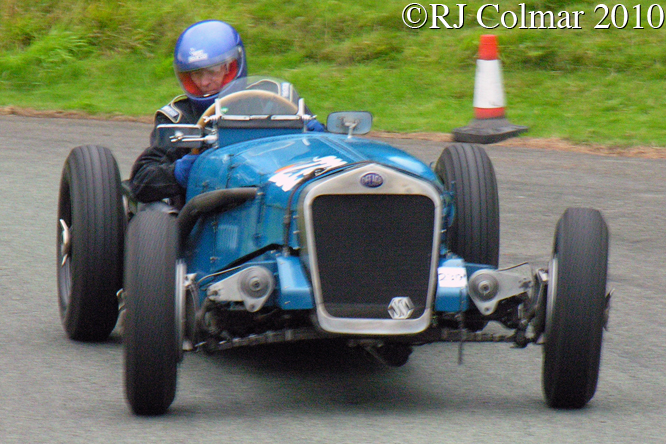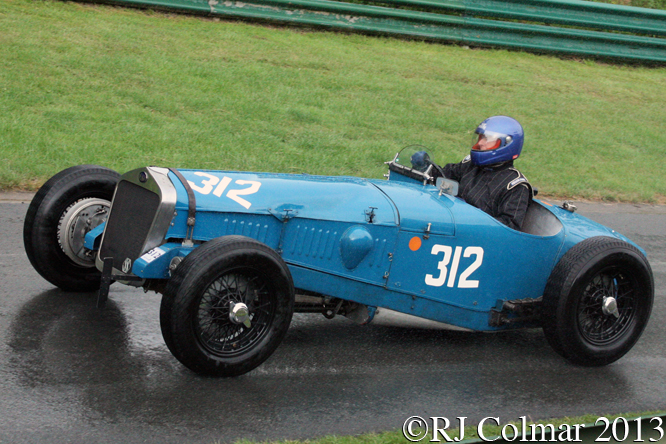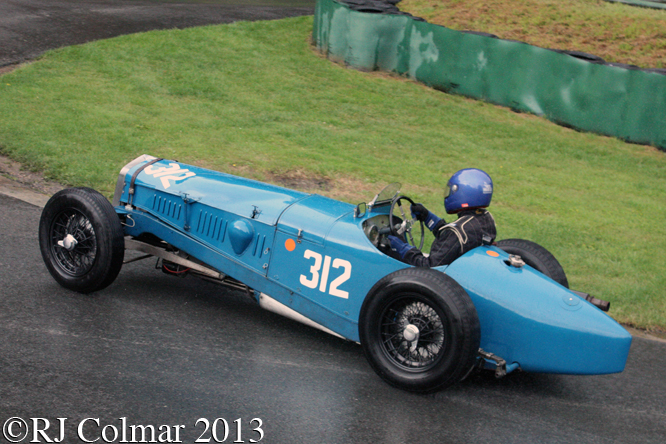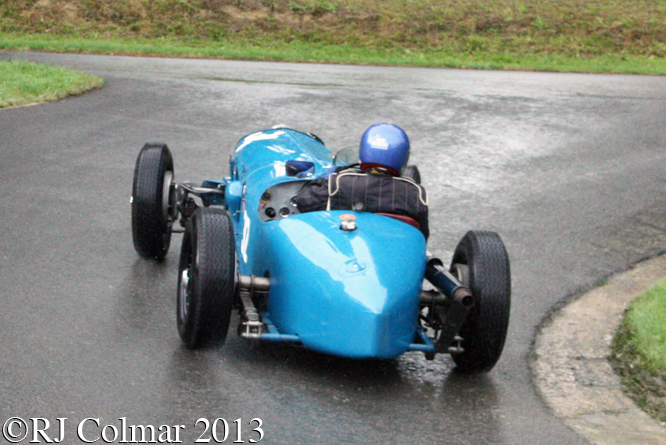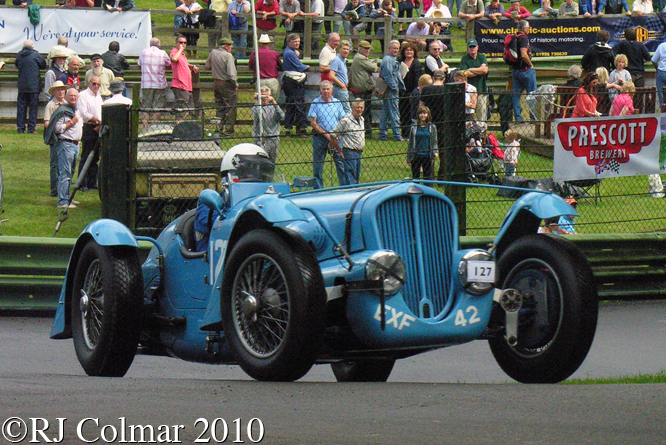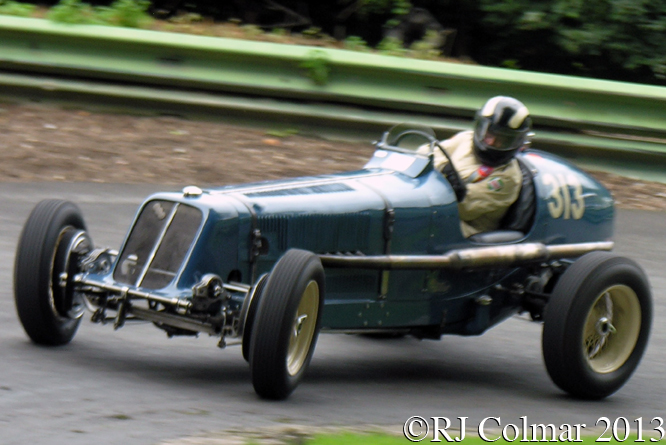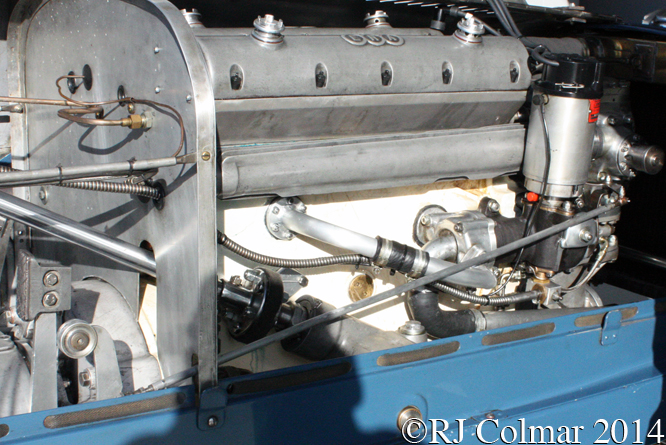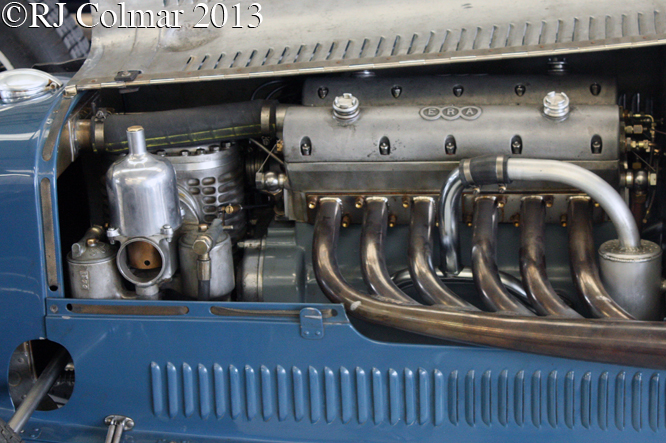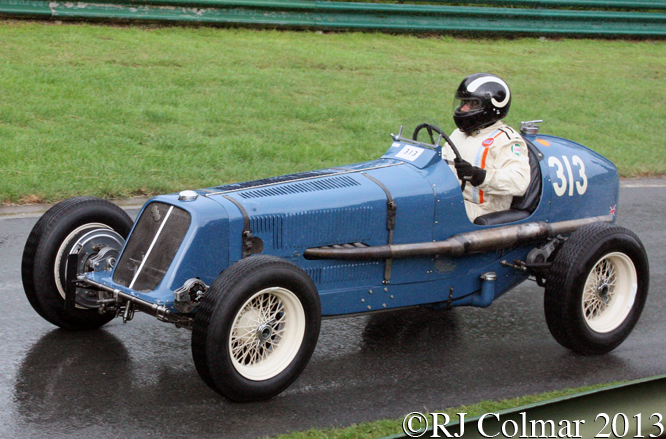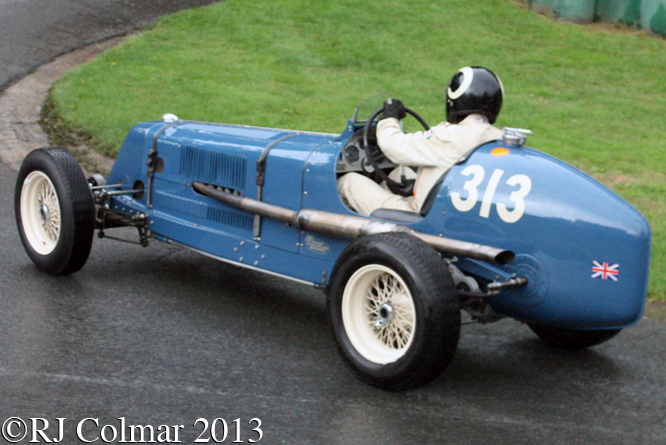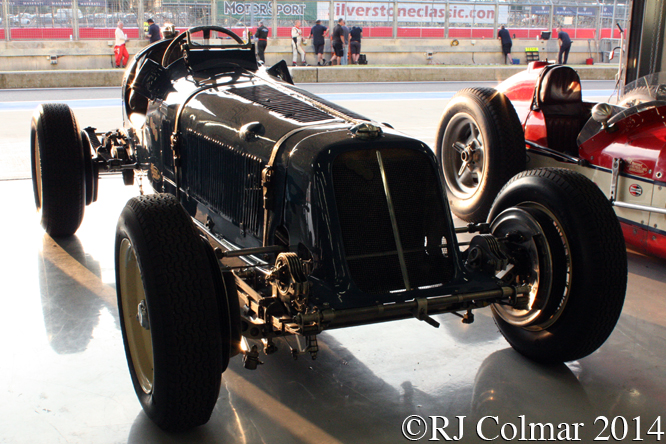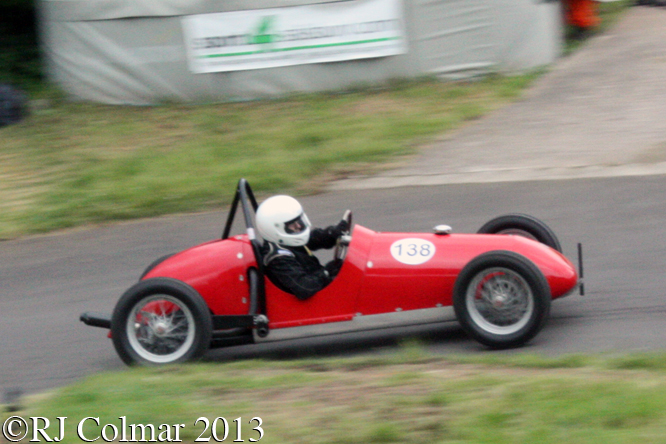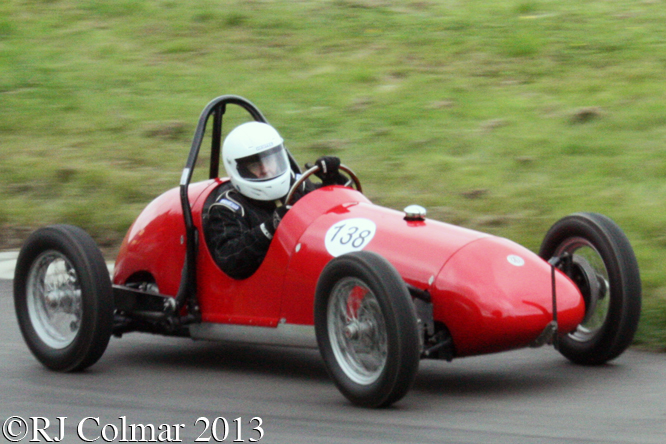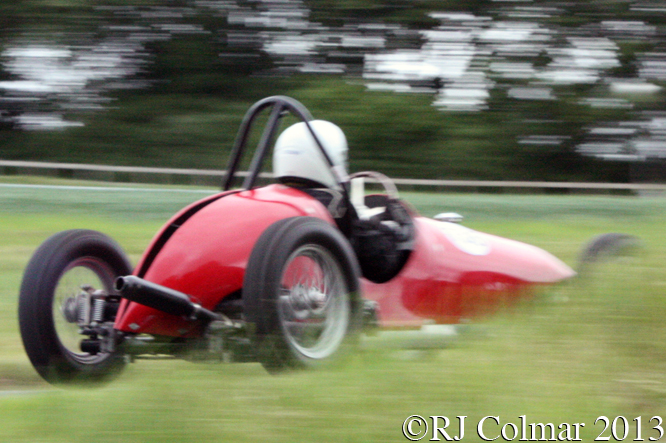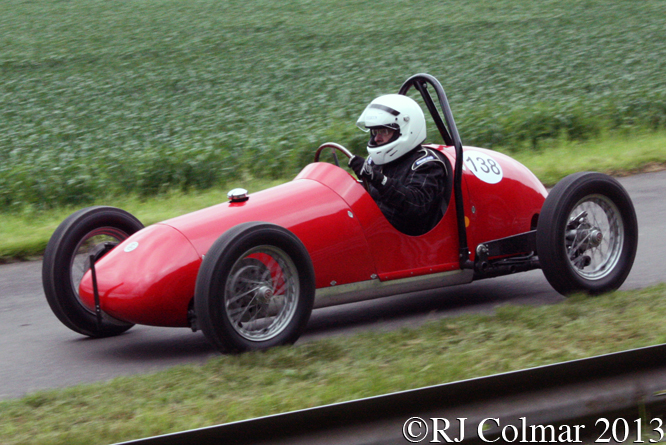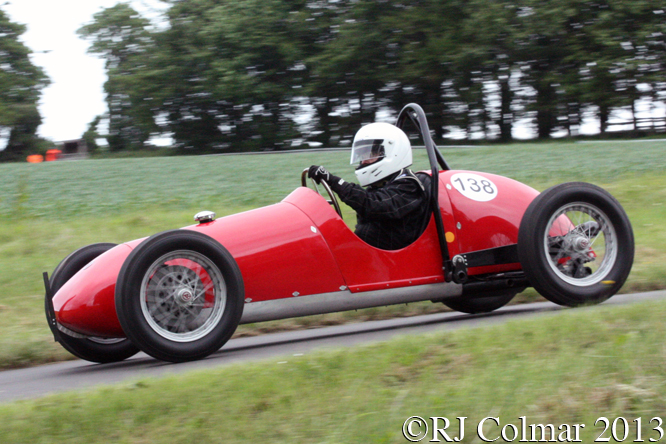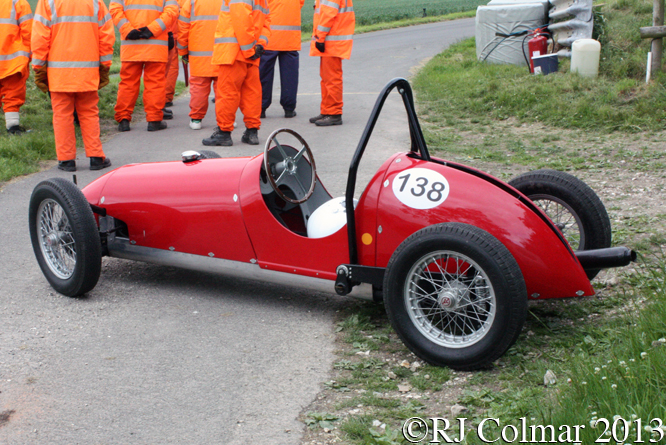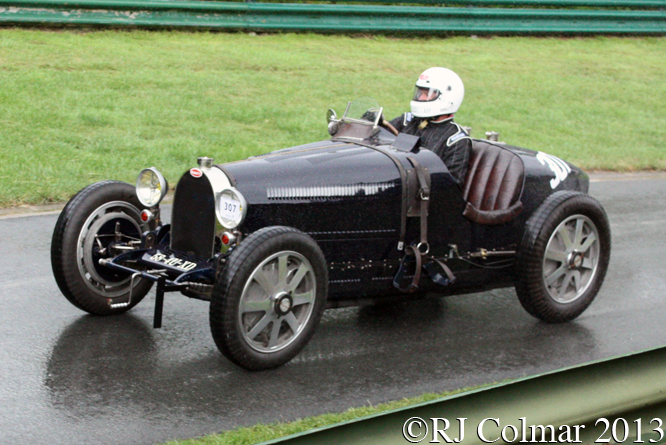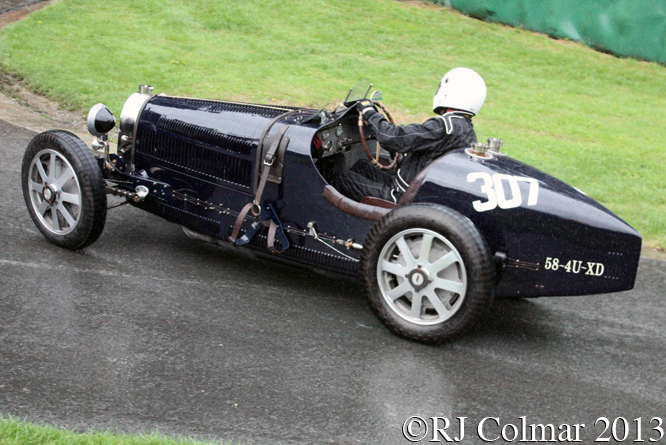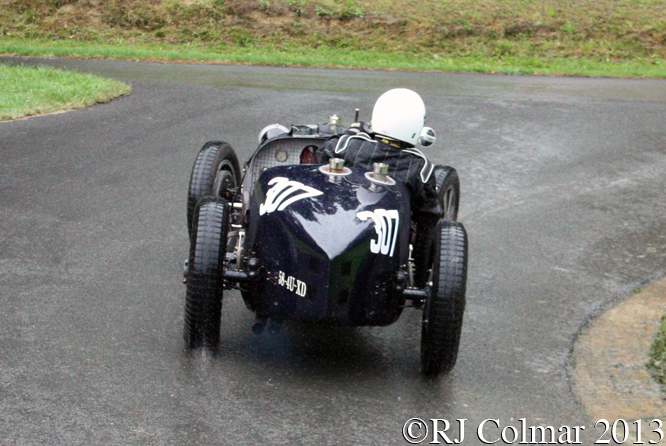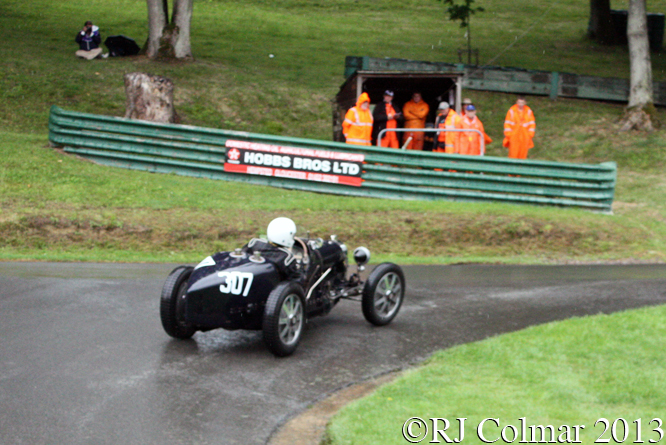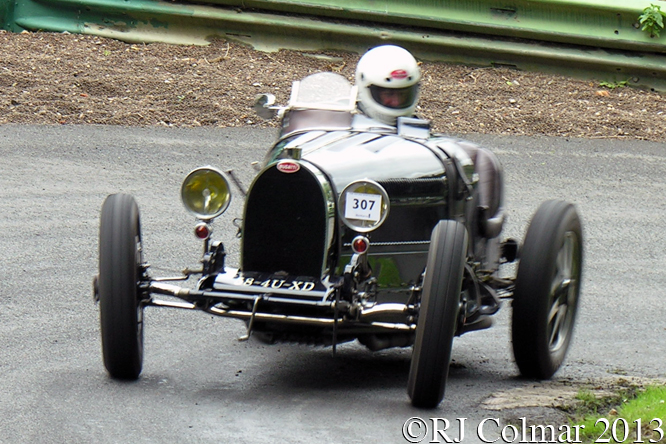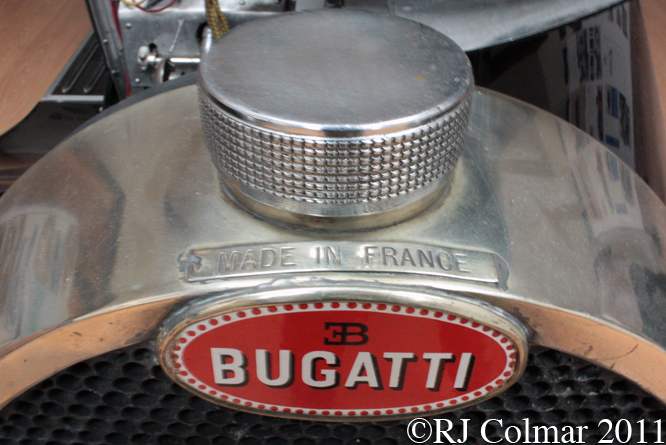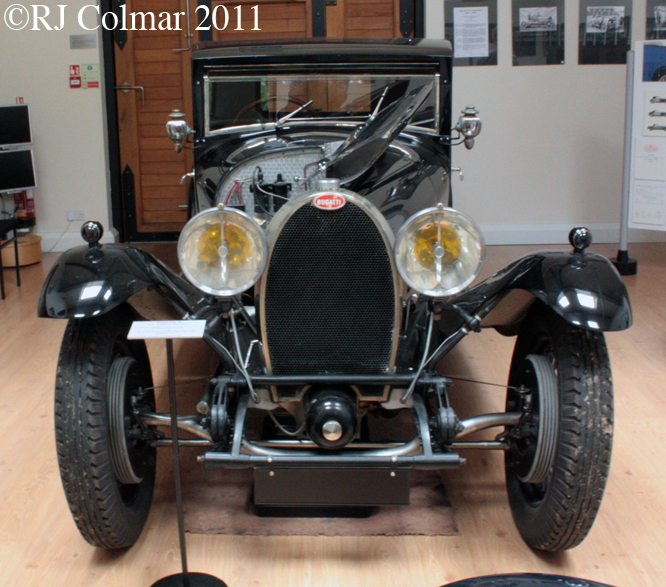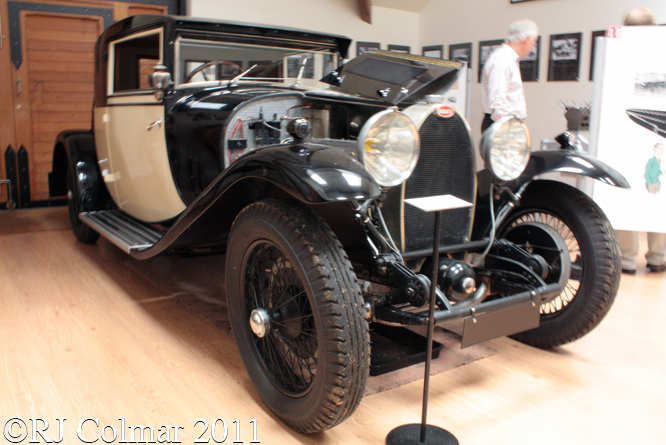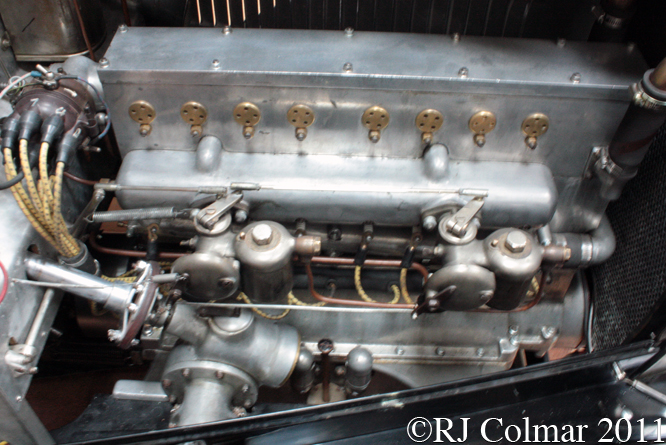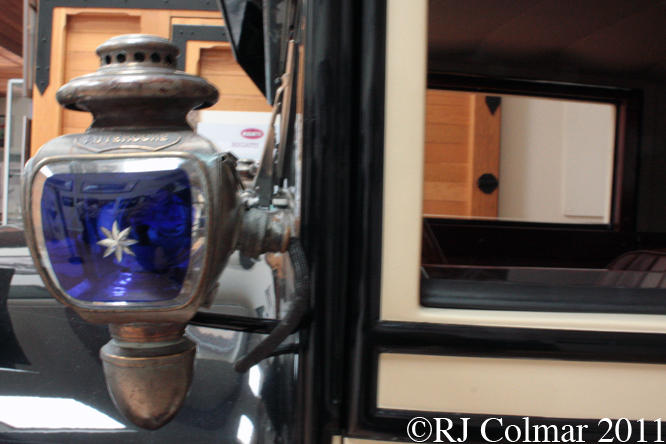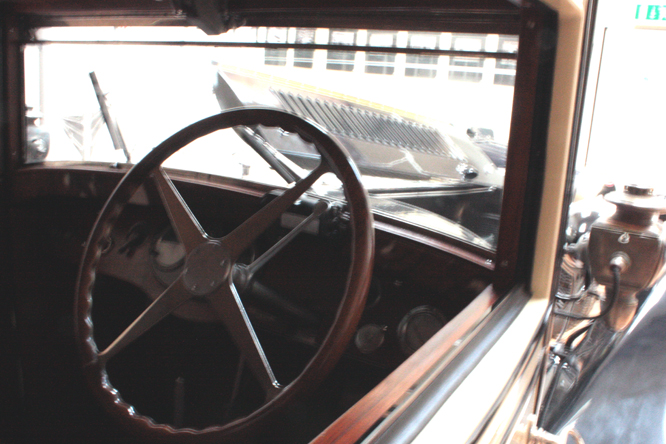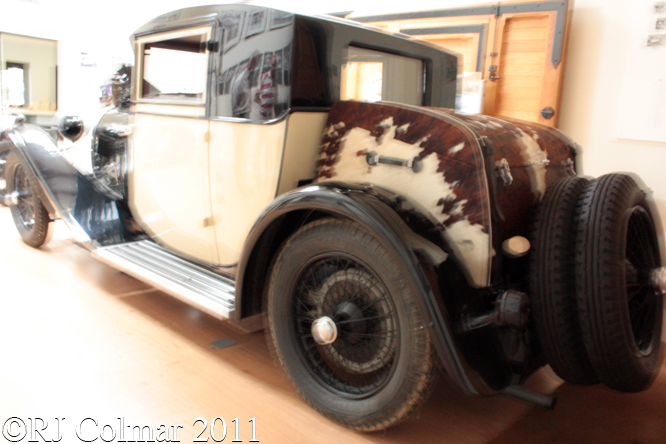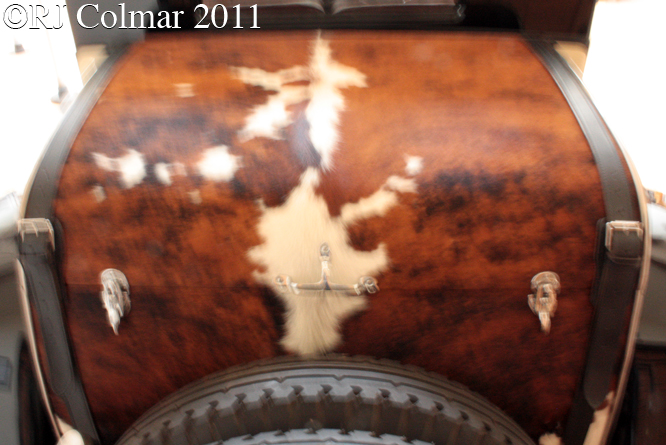In 1931 Maserati built a prototype supercharged 4 cylinder 2 seat racer to compete in the Mille Miglia 1,100 cc / 67.1 cui class called the 4CTR (cilindi testa riportata) with twin overhead camshafts and a detachable cylinder head.
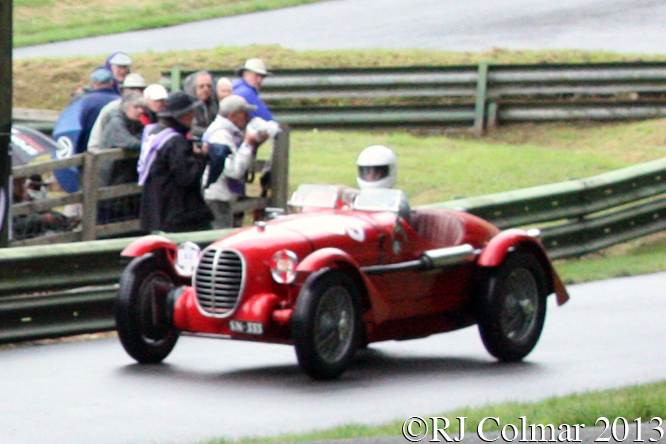
The supercharged motor produced nearly 100 hp / per litre and was fitted to a modified Maserati 26M single seater chassis and a two seat body. Giuseppe Tuffanelli and Guerino Bertocchi drove the car on the Mille Miglia to victory in the 1100cc class finishing 22nd overall.
Based on this success Maserati built a series of 5 4CS models and they won the 1100cc class at the Mille Miglia in 1932, ’34, ’35 and ’36.
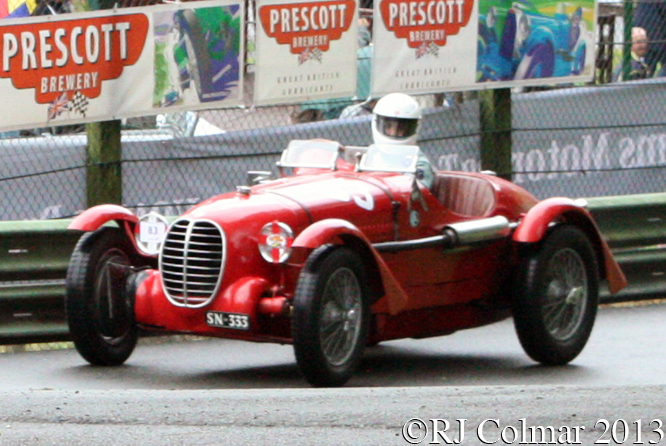
So far as I know chassis #1126 seen here was the square nosed #15 car driven by Ettore Bianco and Guerino Bertocchi to class victory and 7th overall on the 1935 Mille Miglia.
Owner Ettore Bianco then drove #1126 to victory at the Circuito Varese in July 1935 and a second in class in the 1935 Coppa Ciano.
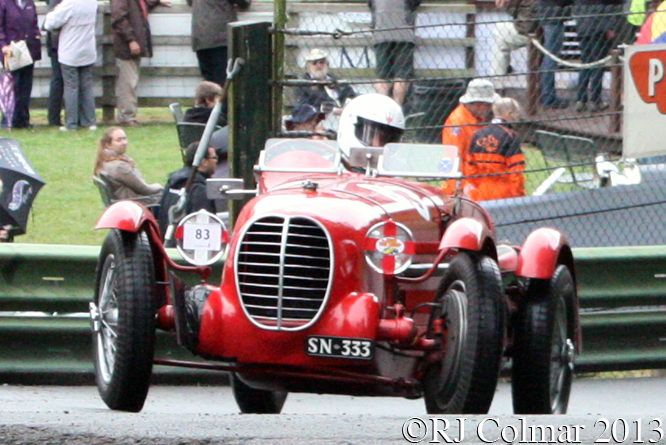
For 1936 Ettore teamed up with M. Boccali for the Mille Miglia in which they finished 6th overall and 1st in class one spot behind the 4CS, fitted with a 1500cc 91.5 cui version of the 4 cylinder motor, driven by Omobono Tenni and Ettore’s 1935 team mate Guerino Bertocchi which took 1500 cc honours.
Later in 1936 #1126 was sold to Ignazio Radice Fosatti who recorded a second in class run on the Coppa Mercanti run on the Stelvio hillclimb before going to Monza for an attempt at the 1100cc 12 hour distance record. Unfortunately Ignazio was killed in the 9th hour of the attempt after hitting a dog that strayed onto the track.
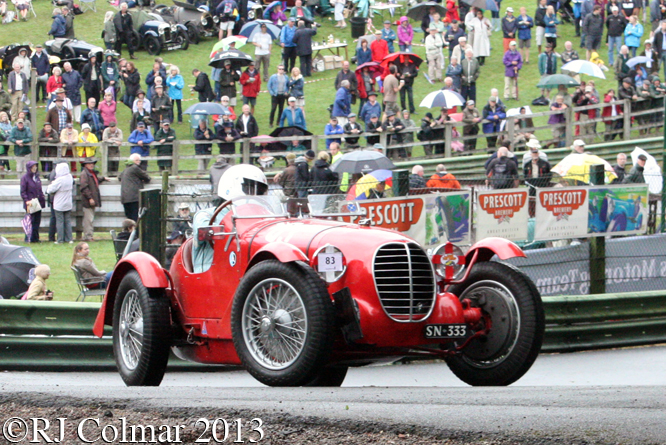
Scuderia Ambrosiana bought the wrecked car and had it repaired for Giovanni Lurani & Luigi Villoresi to drive in the 1937 Mille Miglia from it retired. Later in the year Luigi recorded a 7th overall and class win on the Colle del Moncenisio in France before the car headed East to new owners in Singapore.
Joshua Lee was the unfortunate owner of #1126 in 1942 when it was confiscated by the Japanese Army and he was murdered.
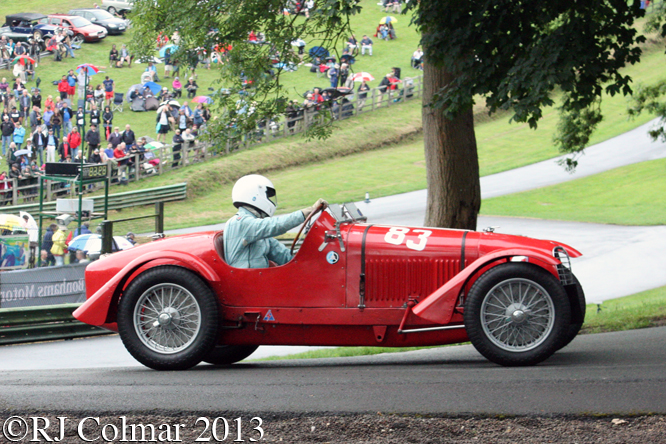
The last in period race for #1126 is recorded as the 1950 Johore Grand Prix with the car now registered in the entry list as an LA Special, with 3.5 Litre Jaguar SS 100 motor, by Lim Peng Han who did not finish the race after an accident.
The car then made it’s way to the UK via the United States where it was briefly fitted with a Do Soto V8 motor as part of an uncompleted project. Ken Painter bought #1126 in 1969 and by 1985 had completed it’s restoration.
Adam Painter is seen driving #1126 in these photo’s taken at Prescott where the car was listed as having a supercharged 1500cc motor.
Thanks for joining me on this “Twice Mille Miglia Class Winner” edition of “Gettin’ a li’l psycho on tyres” I hope you will join me again tomorrow for a look at a slippery bodied Bugatti. Don’t forget to come back now !
